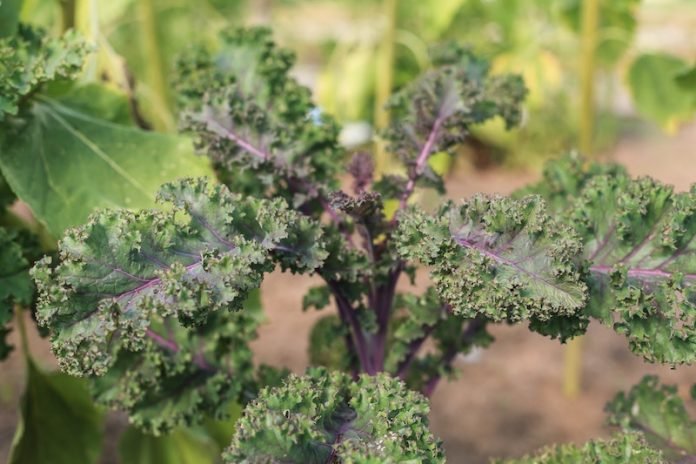
Microgreens, tiny young vegetables that can be grown right on your windowsill, have earned quite a reputation for their potential health benefits.
Researchers have delved into understanding these greens, comparing them to their fully matured counterparts. The discoveries so far are promising.
Microgreens: A Glimpse into the Tiny Powerhouses
Microgreens sit between sprouts and baby greens in terms of age. Within weeks of sprouting, these greens are ready for harvest. These young vegetables, like baby kale and broccoli, are often praised for their health-boosting qualities.
While many of us have heard about the goodness of vegetables like kale and broccoli, their younger versions – the microgreens – are now catching the attention of scientists.
Thomas T. Y. Wang, Ph.D., the head of this study, is from the U.S. Department of Agriculture (USDA) and collaborates with experts at the University of Maryland, College Park.
Wang stated that when the research began, there was limited knowledge about the nutrients and overall health effects of microgreens, sparking their curiosity.
The Science Behind the Greens
Beginning their research with red cabbage, both the young and mature versions of this vegetable showed potential in curbing weight gain in mice on a high-fat diet.
Interestingly, as the cabbage grew, its nutrient composition transformed. The microgreen form of the cabbage contained much higher levels of certain compounds like glucosinolates, which are believed to have cancer-protective properties.
The team then shifted their focus to kale, another popular vegetable. The young kale plants stood out, containing nearly five times more glucosinolates compared to mature kale.
This pattern of higher nutrient levels in young plants was consistent across various types of vegetables.
In their recent studies, the comparison between young kale and its mature version brought interesting results.
Both types seemed effective against weight gain in mice on a fatty diet. Still, the implications for humans need further investigation.
Impact on Gut Health and Future Endeavors
One of the intriguing findings of the research lies in the influence of these vegetables on gut health. Consuming kale, regardless of its age, has shown to increase the diversity of gut bacteria.
This is crucial as a diverse gut bacteria environment is often linked to better overall health. Remarkably, this effect is more pronounced with microgreens.
The team’s future plans involve understanding the health effects of other young vegetables. Wang believes their findings can guide those looking for healthier vegetable options tailored to their taste preferences.
A major part of this research is also to explore the flavors of these vegetables. Some health-boosting compounds, like glucosinolates, have a bitter taste.
Wang’s team speculates that these bitter compounds might be present in quantities more than what’s beneficial.
If true, the potential lies in breeding these vegetables to reduce bitterness, making them more enjoyable while retaining their health benefits.
In conclusion, microgreens are not just a culinary trend but might be little powerhouses of nutrition.
As scientists continue to unveil their potential, growing a pot of these young vegetables at home might just be the next health trend.
If you care about weight loss, please read studies that hop extract could reduce belly fat in overweight people, and early time-restricted eating could help lose weight.
For more information about weight loss, please see recent studies that the Mediterranean diet can reduce belly fat much better, and the Keto diet could help control body weight and blood sugar in diabetes.
Follow us on Twitter for more articles about this topic.
Copyright © 2023 Knowridge Science Report. All rights reserved.



